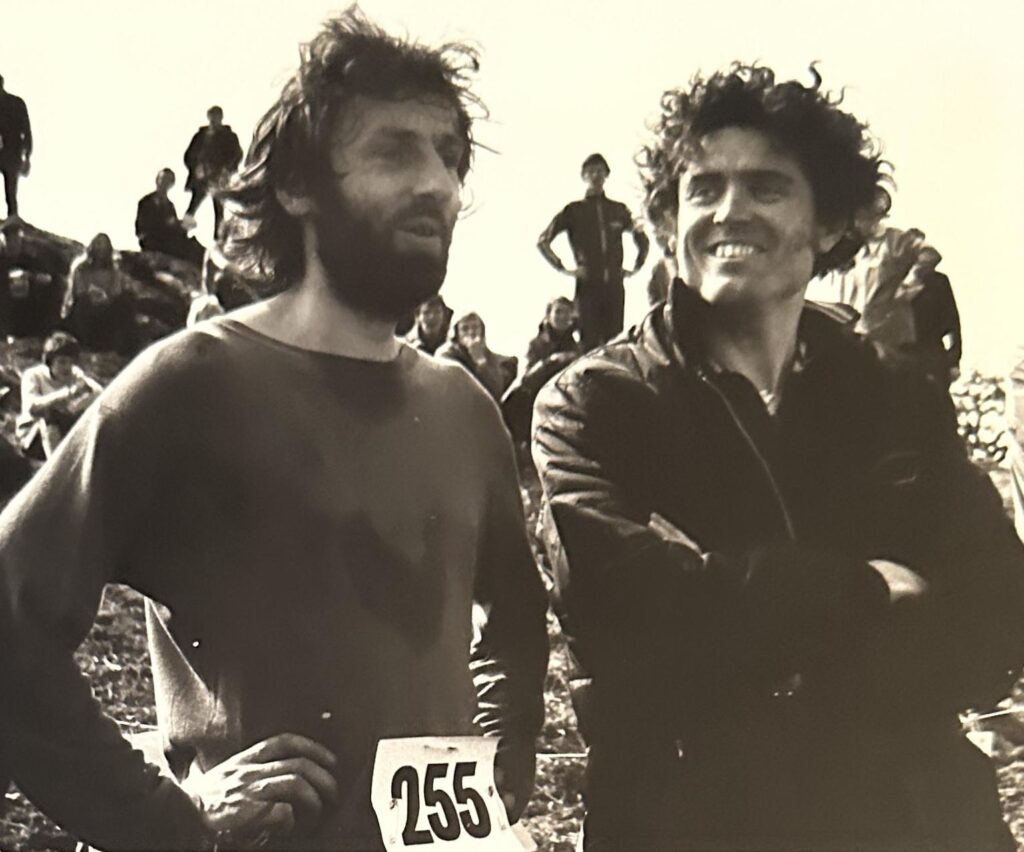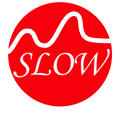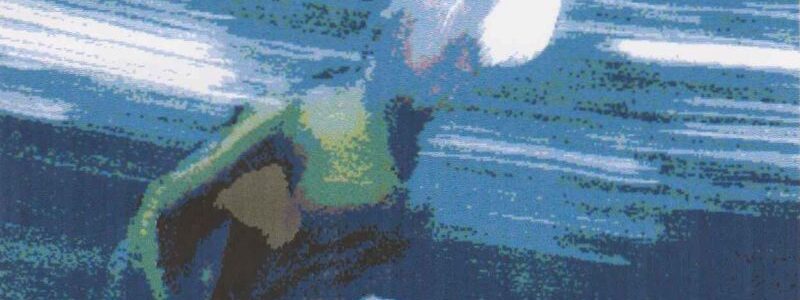
Chris Morris – A Tribute to the Founder of SLOW
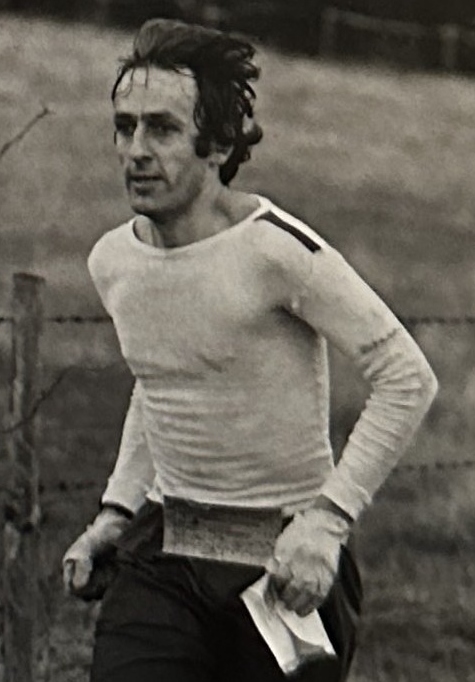
Edited by David May
Tribute by Peter Haines of Airienteers
Chris Morris was one of those people in life that you encounter very rarely, but who create a profound opportunity for the possibilities of enriching your life with challenging enjoyable experiences.
On leaving school, he went up to Oxford University to study Physics, but quit before graduating to follow his real calling as a creative photographer in London. He arrived just as the old post-war society was changing by a youth-driven cultural revolution with modernity, protest and hedonism at its centre. Swinging London was the place to be and Chris was able to tap into the creativity unleashed by the young artists, writers, photographers, film makers and product designers who had gravitated to the capital.
One of his first jobs was as an assistant to Lord Snowdon, married to Princess Margaret, sister of the Queen. Snowdon was from a privileged background, but operated outside of established conventions. Having had polio as a child, Snowdon was a tireless campaigner for disabled people and displayed unusual compassion. This complemented Chris who had a healthy disdain for the “Establishment” and an open friendliness to people from all walks of life. His iconic work from that time featured many of the people and events happening in 1960s London. In the days before digital photography he experimented in adding colour, sepia and blue toner and back lighting to create artistic effect.
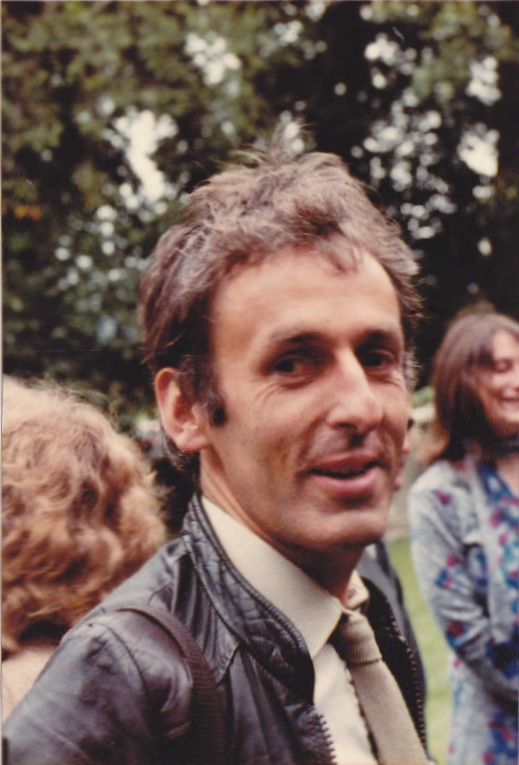
As a runner Chris enjoyed some success on the track in his youth, and by 1971 he had discovered orienteering, joining Southern Navigators. Wanting to contribute to the development of the sport, he joined the club committee and became the club representative on the SEOA. However, the sport in the south east at that time was run by aging athletes in England blazers doing it their way, and his many ideas were never implemented.
I first met him when I was introduced to Thames Hare and Hounds running club by Mike Wells-Cole. I was immediately struck by his infectious enthusiasm and ideas, combined with his lack of affectation, and inclusivity in his friendship group. We soon became good friends and began to go evening training round Hyde Park and sharing travel to events all over the country, often in his white Griffin classic car. During these meetings we would chat about how orienteering could become a more sociable sport if we could have a regular weekly training, and how great it would be to be part of that change. This was the catalyst he needed.
The following year we started offering training on Thursday evenings open to anyone from any club to join in, using the Thames Hare & Hounds clubroom as a base. We were soon joined by orienteers from all over the south east and created a hotbed of radical orienteering gossip and innovation. It was a very exciting time to be orienteering, and with World Orienteering Championships 1976 held in Aviemore an explosion of interest occurred.
It was obvious to me that we needed to form a new club, and it was Chris who mainly arranged the start up of the club in 1976 and came up with the name South London Orienteers and Wayfarers, SLOW. There was some irony in the choice of name as we had some of the best (fastest) orienteers in the region. Chris was not a keen committee man and was much happier with a benevolent dictatorship. He was much more of a facilitator, a real force of nature. His philosophy was if you want change, then make it happen.
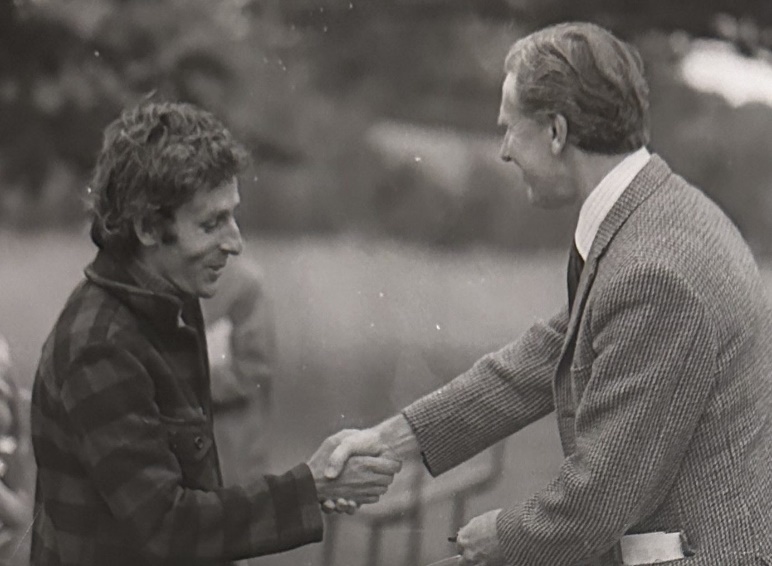
He held few formal positions in the club in these early years, yet he was at the centre of everything that happened. He preferred an open approach of a friendly chat with people after training and “suggested” roles that suitable people could undertake. One of his ideas was to have an A5 club newsletter booklet printed and thus SLOWPRINT was born. Ned Paul soon took it over and later found a new career as founder and publisher of “Compass Sport” in 1979. This was a radical alternative to the rather stuffy “Orienteer” magazine produced by British Orienteering. As expected, Chris was instrumental in helping Ned during the first difficult years of production and provided many of the ideas for an exciting magazine.
Chris was the main go-to person in the club for well over 10 years until his injuries and age got the better of him and he moved to the Forest of Dean in 1999, where he raised a second family with his new wife.
He was a great loss to orienteering, but for a while at least it was great to call in occasionally and catch up with his latest numerous ideas and projects. He later went into publishing, with beautifully photographed books of mainly west country sites connected to the industrial revolution.
His legacy in orienteering remains. Not just in the creation of a thriving progressive club in London, but also in all the many people he touched in his life with his inspiration, kindness and companionship. A lot of them are still orienteering and will know what I mean.
A truly great person. We all miss him a lot.
SLOW Tribute to Chris Morris (1942-2023)
There are many individuals without whom SLOW would not have the presence it does today. We will single out the name of Chris Morris for especial thanks …”
So went the 10th Anniversary edition (no 55/Nov 1986) of SLOWPRINT (cover photo below), edited by Paul Boyes and Brian Roberts. No other names were mentioned, quite rightly as Chris’s contribution had been second to none.
Peter Haines’s eloquent tribute describes how Chris was the catalyst who got SLOW founded at its historic first meeting. Charlie Turner was also there.
“At that meeting it was abundantly obvious that Chris was full of ideas and this quickly rubbed off onto almost anyone he met and it was difficult to say no to almost any of his ideas. The founding meeting was in an era of it being relatively easy to make decisions, as there were few BO Rules and committees barely existed. Chris had a view of let’s just do it!”
And so, in November 1976, the following message went out to orienteers in surrounding clubs:
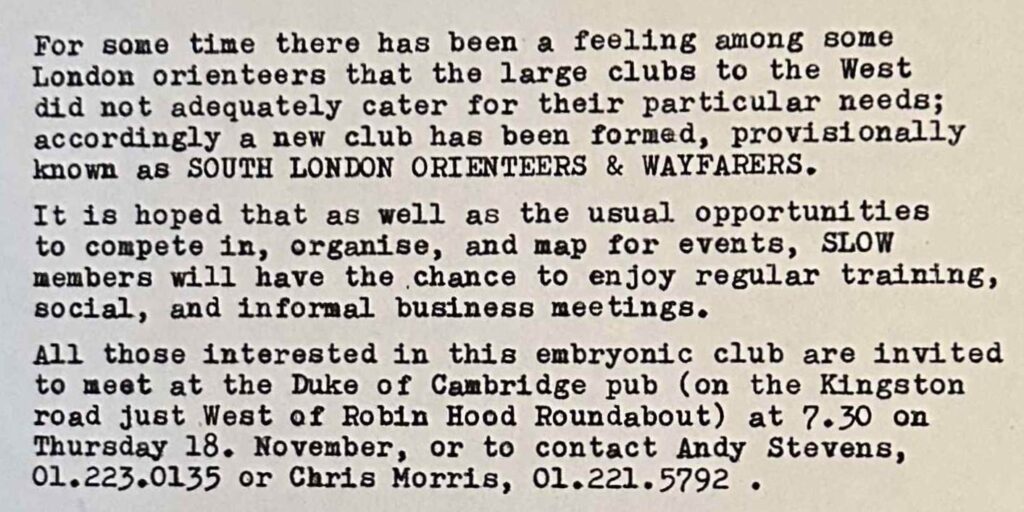
Charlie also later recalls “going to his mews house, which was also his photography studio, and then wandering through a room full of film negative strips hanging from the ceiling to see the first draft of a typed copy for SLOWPRINT no. 1. By today’s standards it was a very basic production, but for the late 70s it was ahead of its time.”
“I remember his keenness to get our new club recognised outside the South-East, and for those of us without cars he was soon offering lifts to various events up and down the country.”
Chris’s tours were legendary, and it seemed that nearly all in the club were caught up in them at some stage or another. David Roach recalls:
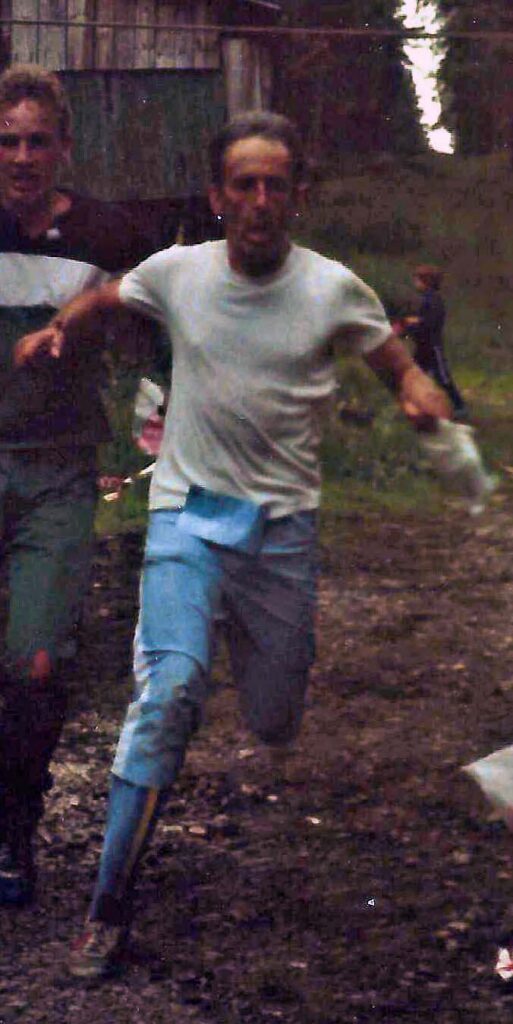
Club outings to the JK and to Belgium were high points, although I do remember one rare time when Chris suddenly ceased to be the life and soul of things. We were on a very choppy hovercraft crossing of the Channel, Chris withdrawing to a quiet corner of the saloon, his complexion (never rosy at the best of times) swiftly turning a striking shade of green. I think that this may have been on the same minibus trip as the one where we ended up camping in a mosquito-swarmed muddy field, and Chris resorting to trying to set fire to banana skins (or was it his used o-socks?) to create smoke to repel the ravaging beasts!”
Returning from a SLOW M35 Relay team raid to Scotland, Chris’s windscreen wipers broke down on a monsoon-afflicted motorway. Chris had his hapless front seat passenger tie string from one wiper, pass it through both left and right front windows and tie it to the other wiper. Said passenger then spent the next half hour pulling the string back and forth to keep the windscreen clear. Those in the rear were not amused by the drenching they got, as both windows had to be kept open.
The report on the SLOW trip to O-Ringen in 1979 revealed that “Chris Morris at the wheel of the 10-seater minibus soon established himself as the world authority on tactical traffic-lane changes, much to the alarm of everyone else on the road and in the van”.
Chris was a great “people person” too and was amongst the first to make new members welcome. Kathy Haynes remembers bumping into Chris at a “Come-and-Try-It” (CATI) on Wimbledon Common in September 1976 just as he was thinking of setting up SLOW.
“Newly moved to London, my timing couldn’t have been better. I was a naive, introverted country girl arriving in the big city knowing nobody but already passionate about orienteering. Chris certainly made things lively and interesting. His bohemian lifestyle and the mews in Holland Park with his creative art all over the walls, were all a world apart. In some ways Chris was only in my life for a relatively short time but they were at a time when it meant so much to me.”
But Chris wasn’t just a catalyst who let others do the doing, he was a doer himself. He started SLOWPRINT and edited it until Alan Leakey took over. He continued to supply pictures thereafter, despite their effect being ruined by the appalling reproduction standards we suffered back then. He represented SEOA at BOF Council for a year or so around 1980/81 and was SLOW Fixtures Secretary at about the same time. In 1987 he took on the SLOW Chairmanship too, before stepping down just a year later, citing that “… a combination of old age and busy-ness means I don’t run much anymore”.
Chris took on his fair share of organising and planning events in the early days too. He organised the 1980 OK Nuts, drew the 1978 map of Esher Commons and co-ordinated the 1987 re-survey of Wimbledon Common. It’s clear that, as Charlotte Morris says, “Orienteering was such a big part of Chris’s life” and highlights that Chris was “a grade 1 controller- something he was rather proud of”, controlling JK86 Day 1 at Brandon Park. He also helped set up the OK Nuts Trophy.
But what of Chris Morris, the orienteer? He wasn’t perhaps the most consistent of navigators, but his running background meant that he could compete with the best on his day. The social side of training also appealed. He was a stalwart at SLOW Tuesday and Thursday training sessions, as well as at the de rigueur Duke of Cambridge/Red Lion post mortems which followed. He was a regular competitor too and was often to be seen towards the top end of South East League tables etc.
But it was the community atmosphere of the Relay format which perhaps enthused Chris the most. As Alexander Morris says “I think his favourite moment was bittersweet: SLOW teams placed 1st and 2nd in the men’s Open class at the British Relays, I think probably at Clipstone Forest in 1978, SLOW’s first year. He was in the second team but was disqualified for mis-punching a control.”
His embarrassment was short-lived as SLOW put out a strong team at the first ever Harvester Trophy Relays in 1978 and finished as winners.
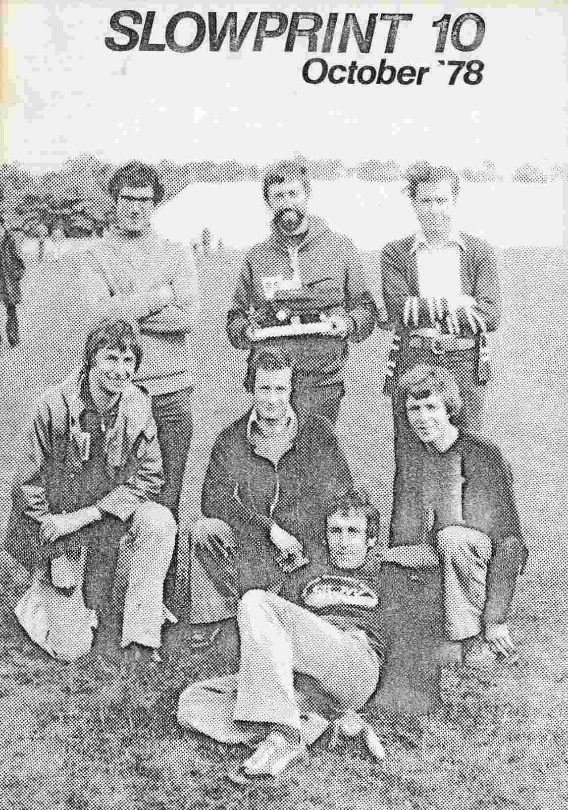
Chris was regularly up for the Harvester:
1980 team finished 5th
1984 team finished 4th
1986 SLOW 2nd team which finished 9th
1988 Handicap team finished 5th
1989 Handicap team was DSQ
1994 Handicap team which won
1997 Handicap team which won
NB Many results are missing – these are the ones which could be found. The 1989 race was notable for the SLOW last lap runner coming in 15 minutes ahead of the next team to an unexpectedly silent reception. The crowd knew that Chris had mis-punched and that the team was disqualified but the last runner did not! Chris felt better about it when he learned that another team member had also been disqualified!
Chris was equally passionate about daytime Relays too and, with a selection of Mike Murray, Tom Lillicrap, David May and Peter Gorvett (amongst others) to complete the team, there was always a good chance of a medal or two, too. For example, along with Mike and David, Chris’s team won the British M35 Relay in 1981, the JK Relays (with Tom and Mike) in 1982 and many others. Later on, and with Mike and Frank Lyness, Relays at M45 and M50 level were also won.
However, there did seem to be a limit on the distance Chris would run – when various people in SLOW were asked what they would not be without at the 85 KIMM (Karrimor International Mountain Marathon), Chris replied “My cameras. That way I get out of competing.” Perhaps he’d forgotten completing the Karrimor A course in the Cheviots in 1974!
Chris’s photographic skills are well documented elsewhere (some examples can be seen at https://chrismorrisarchive.com) and he used these to long-lasting effect when designing mementoes for winners at two of his favourite events, the OK Nuts Trophy set up in memory of Mike Wells-Cole, and the 1997 Harvester Trophy. Chris produced coasters for the former, with an atmospheric photograph of Mike.
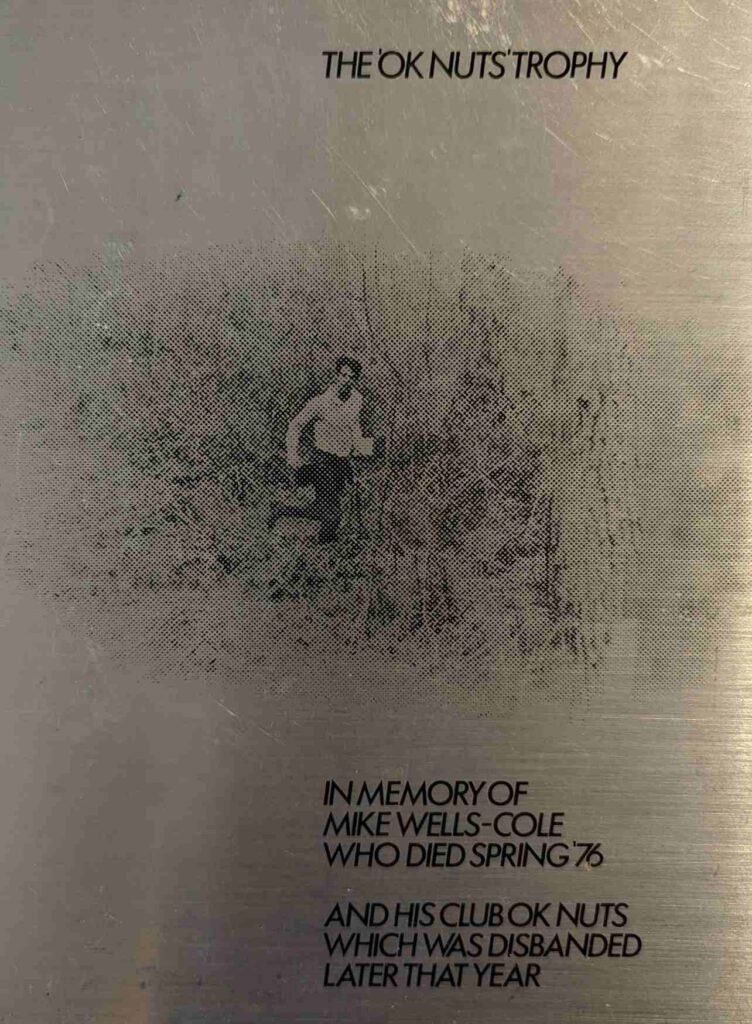
The design for the Harvester was a creatively impressionistic image of a night orienteer, initialled by Chris and framed, ready for hanging. By a happy coincidence, Chris was in the victorious Handicap team that year so was presented with one of his own mementoes at the prize giving!
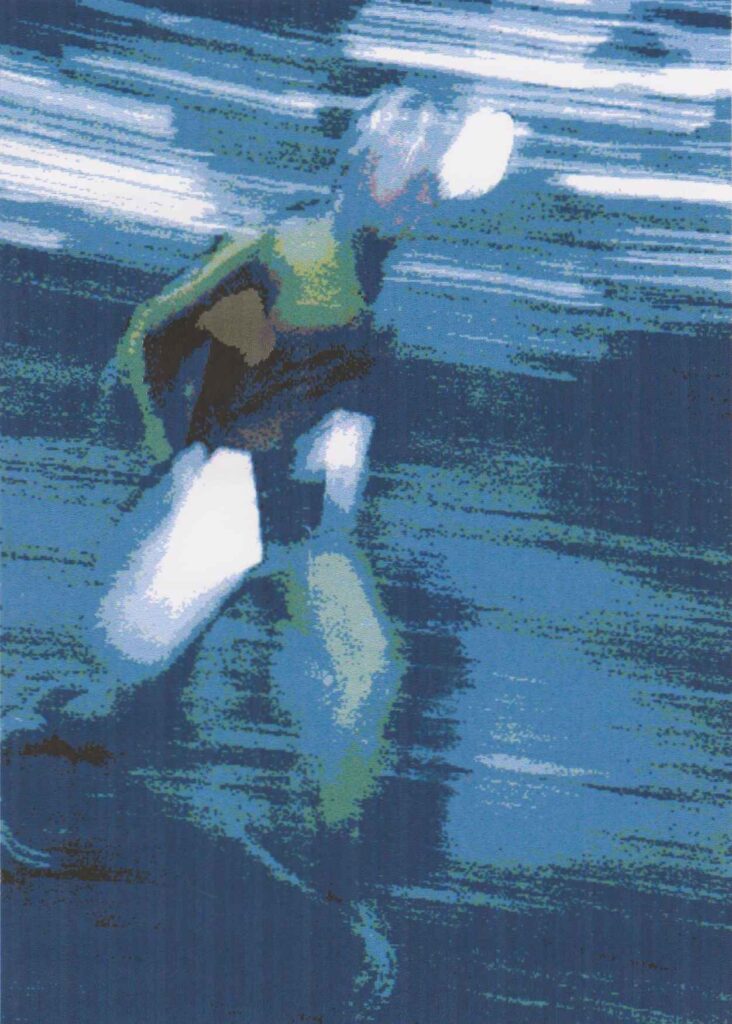
It wasn’t long after this event that the Morris family moved to the Forest of Dean and his SLOW connection petered out. Our loss was North Gloucester OC’s gain however – Paul Taunton (NGOC) continues:
“Chris joined NGOC early in 1999 and was welcomed to the club in the March issue of our Legend magazine. Chris regularly brought his sons Ben and Woody to NGOC events at that time. Later that year the committee was searching for a new Editor for Legend and, even though he had not been with the club long, Chris stepped up and took on the role. His first issue, which came out at Christmas 1999, incorporated colour photographs for the first time. His first editorial notes ‘In my time (20 years ago) I was very involved with mapping, planning and organising but these days I am very much of a local event once a month man’.
He was working on a series of books comprising modern photographic essays on life and landscape in the Forest of Dean and surrounding area but still found time to edit Legend for over two years. His last edition, of about eight, was a brief issue recording the Forest closure because of Foot & Mouth in 2001.
Chris contributed to the magazine as well – the December 2000 issue has a memorable cover photo of his son Woody collecting controls after an event, an image which he re-used in one of his published books of photographs “A Portrait of Dean”. Chris and his sons continued as occasional orienteers with NGOC, and sometimes further afield, for several years.”
To continue the “legend” association, Chris was a renowned legend in the orienteering world, especially with SLOW in the 20th century. He was truly the “father of SLOW … without whom SLOW would not have the presence it does today.” These words are just as valid now as they were nearly 40 years ago.
